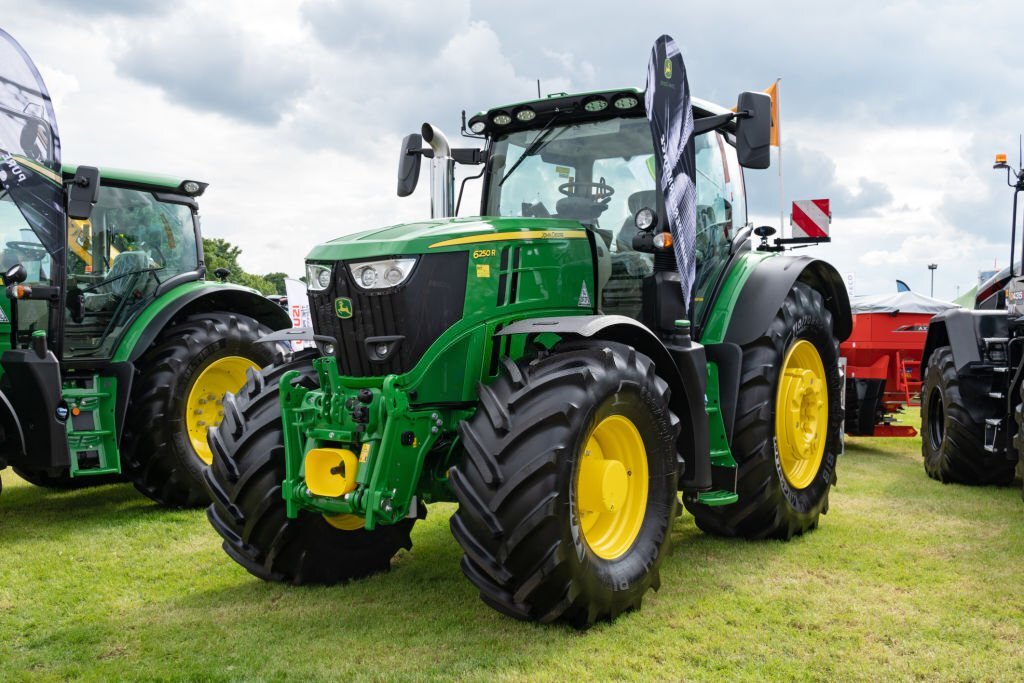
Introduction:
The history of harvesters is a testament to the relentless pursuit of efficiency and innovation in agriculture. From humble beginnings to the cutting-edge machines of today, harvesters have undergone a remarkable evolution. This article delves into the journey of harvester development, highlighting key milestones that have shaped these vital agricultural tools.
1. Early Harvesting Tools:
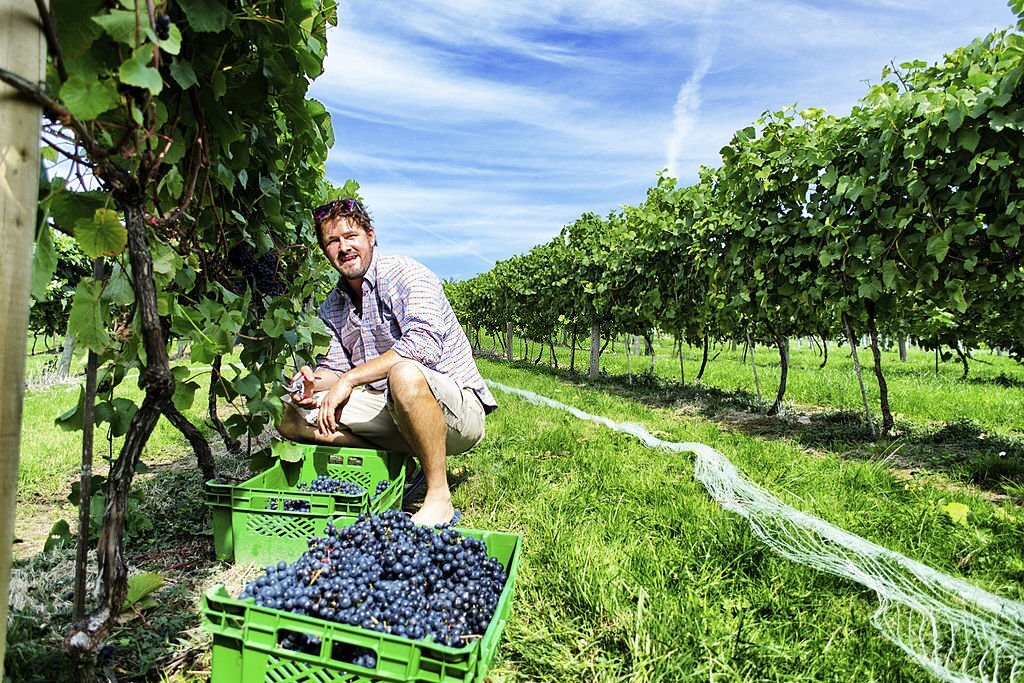
- The earliest harvesting tools were manual implements, such as sickles and scythes, wielded by labor-intensive farming practices. These tools required significant manpower and time for harvesting crops.
In the annals of agriculture, the story begins with the humble yet indispensable early harvesting tools that laid the foundation for the evolution of harvesting practices. Long before the advent of sophisticated machinery, farmers relied on manual implements to gather and process their crops. These early tools not only shaped the landscape of traditional farming but also reflected the ingenuity and resourcefulness of early agricultural communities.
1. Sickle:
- The sickle stands as one of the earliest harvesting tools, with a history dating back thousands of years. Characterized by a curved blade with a sharp edge, the sickle was used for manually cutting cereal crops, such as wheat and barley. Harvesters would swing the sickle in a rhythmic motion, cutting through the stalks with precision.
2. Scythe:
- The scythe, a more elongated and versatile cutting tool, emerged as a successor to the sickle. Farmers used the scythe for cutting grass, hay, and other crops. Its long, curved blade allowed for efficient harvesting in larger swaths, making it a valuable tool for clearing fields.
3. Cradle Scythe:
- An improvement upon the traditional scythe, the cradle scythe featured a hinged device, or cradle, attached to the scythe blade. This innovation allowed for the gathering and bundling of cut crops in a more organized manner, streamlining the harvesting process.
4. Flail:
- Following the cutting of crops, the flail became a vital tool for threshing—the process of separating grain from the harvested plants. The flail consisted of a wooden handle with a freely swinging stick, which was used to beat the harvested crop, separating the grains from the straw.
5. Winnowing Basket:
- Winnowing, the process of separating grain from chaff, was accomplished using winnowing baskets. Harvesters would toss the threshed mixture into the air, and the wind would carry away the lighter chaff, leaving behind the heavier grains in the basket.
2. Mechanization Revolution:
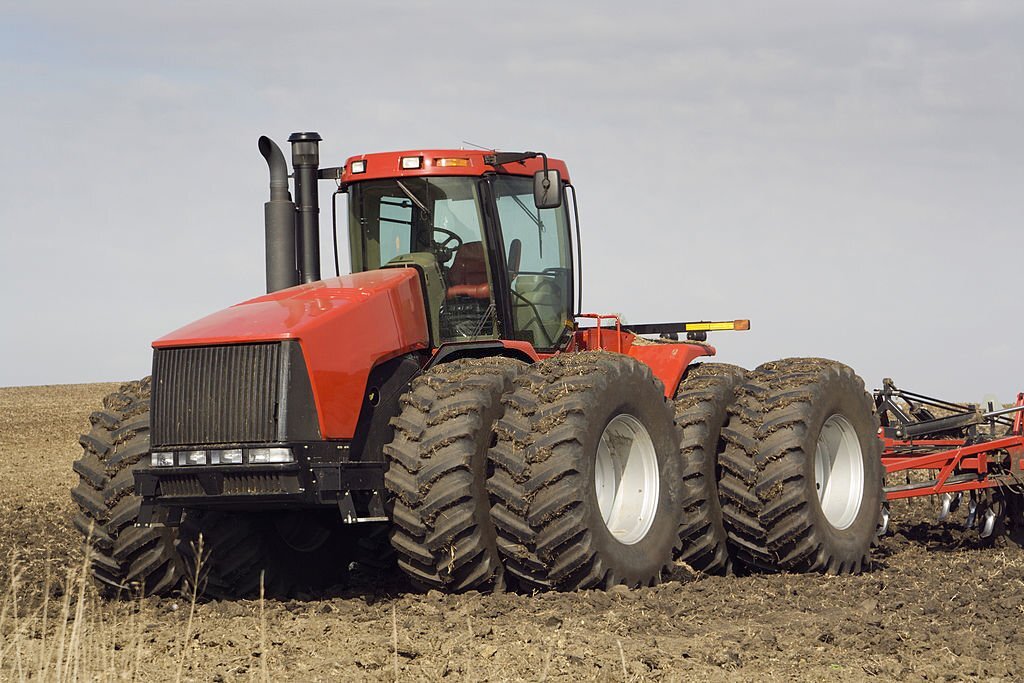
- The advent of the Industrial Revolution in the 19th century marked a turning point for agriculture. Steam-powered machines were introduced, mechanizing some aspects of harvesting and reducing dependence on manual labor.
The mechanization revolution in harvesting marked a transformative period in agriculture, catapulting the industry from labor-intensive manual methods to more efficient and productive practices. This pivotal shift, driven by technological advancements during the 19th century, laid the groundwork for modern harvesting techniques and set the stage for the evolution of agricultural machinery.
Introduction of Steam-Powered Machines:
- The 19th century saw the emergence of steam-powered machines in agriculture, including those designed for harvesting. Steam engines provided a new source of power that could replace or complement human and animal labor, revolutionizing the efficiency of various agricultural tasks.
Threshing Machines:
- One of the key innovations during this period was the development of threshing machines. These machines automated the labor-intensive process of separating grain from stalks and husks, significantly increasing the speed and scale of harvesting.
Binder Inventions:
- Inventors introduced binding machines, commonly known as binders, which revolutionized the cutting and binding of crops. Binders automated the process of bundling harvested crops into sheaves, reducing the need for manual labor and increasing the speed of harvesting.
Introduction of the Reaper:
- The reaper, another revolutionary invention, further mechanized harvesting. This machine could cut and gather crops in one pass, streamlining the harvesting process and significantly increasing efficiency.
Combine Harvesters:
- The pinnacle of the mechanization revolution in harvesting came with the invention of the combine harvester. Patented by Hiram Moore in the mid-19th century, the combine combined the functionalities of reaping, threshing and winnowing into a single machine. This integration allowed for a more seamless and efficient harvesting process.
3. Binder and Reaper Inventions:
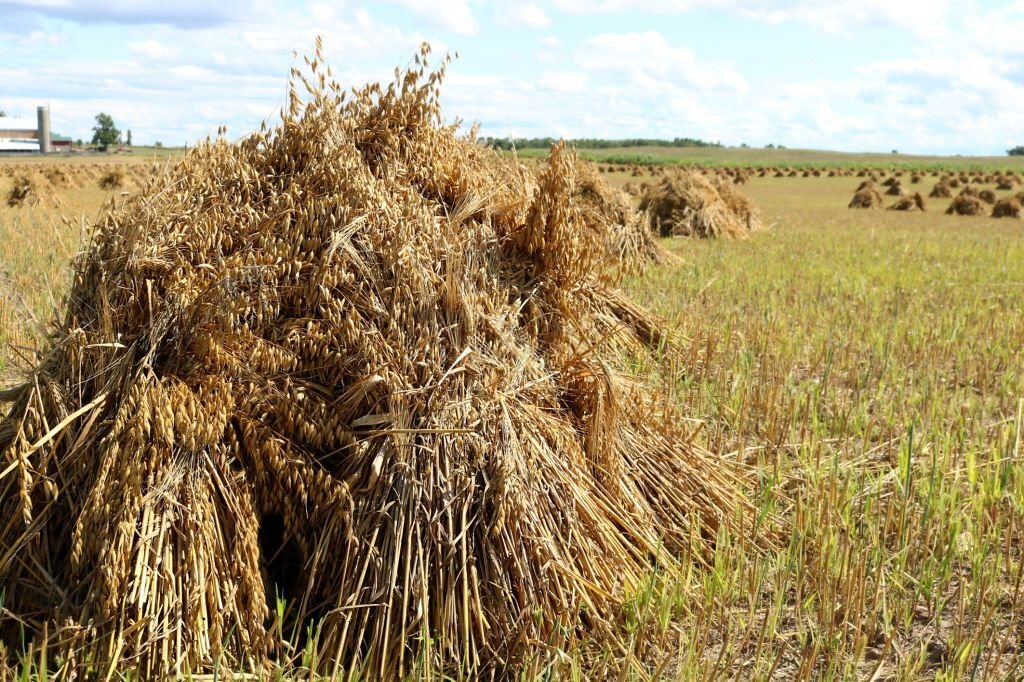
- In the late 19th and early 20th centuries, inventions like the binder and reaper mechanized the cutting and binding of crops, significantly improving efficiency. These machines laid the groundwork for more advanced harvesting equipment.
The harvesting binder and reaper inventions were pivotal innovations that revolutionized the way crops were harvested during the 19th century. These machines mechanized and streamlined the process of cutting and binding crops, significantly reducing the manual labor required and increasing overall efficiency. Here’s a closer look at the contributions of these inventions:
The Binder:
Overview:
- The binder, also known as the grain binder or reaping binder, was a groundbreaking invention that transformed the harvesting of cereal crops, such as wheat and oats.
Invention and Early Models:
- The first successful grain binder was invented by Charles Baxter in 1850. However, it was Cyrus McCormick, known for his earlier invention of the mechanical reaper, who popularized and perfected the grain binder.
Functionality:
- The binder was designed to cut, gather, and bind harvested crops into manageable bundles or sheaves. It featured a cutting mechanism, a gathering reel, a binding mechanism using twine or wire, and a platform to deposit the tied bundles.
Impact:
- The binder significantly reduced the labor required for harvesting, enabling farmers to cover larger areas in a shorter time. It also allowed for the efficient bundling of crops, making subsequent handling and storage more manageable.
The Reaper:
Overview:
- The mechanical reaper, an earlier invention, laid the foundation for the development of the binder. While the reaper focused on cutting and gathering crops, it did not include a binding mechanism.
Invention and Early Models:
- The invention of the reaper is often credited to Cyrus McCormick, who patented his first successful model in 1834. McCormick’s reaper featured a reciprocating cutting blade and a platform for collecting the cut crops.
Functionality:
- The reaper was designed to cut standing crops, such as wheat or barley, with a horizontal reciprocating blade. The cut crops would fall onto a platform or canvas conveyor, allowing for manual or mechanical binding later.
Impact:
- The reaper marked a significant advancement over manual harvesting methods, as it could harvest crops more rapidly and efficiently. However, it still required manual labor for binding and gathering the cut crops.
4. Combine Harvesters:
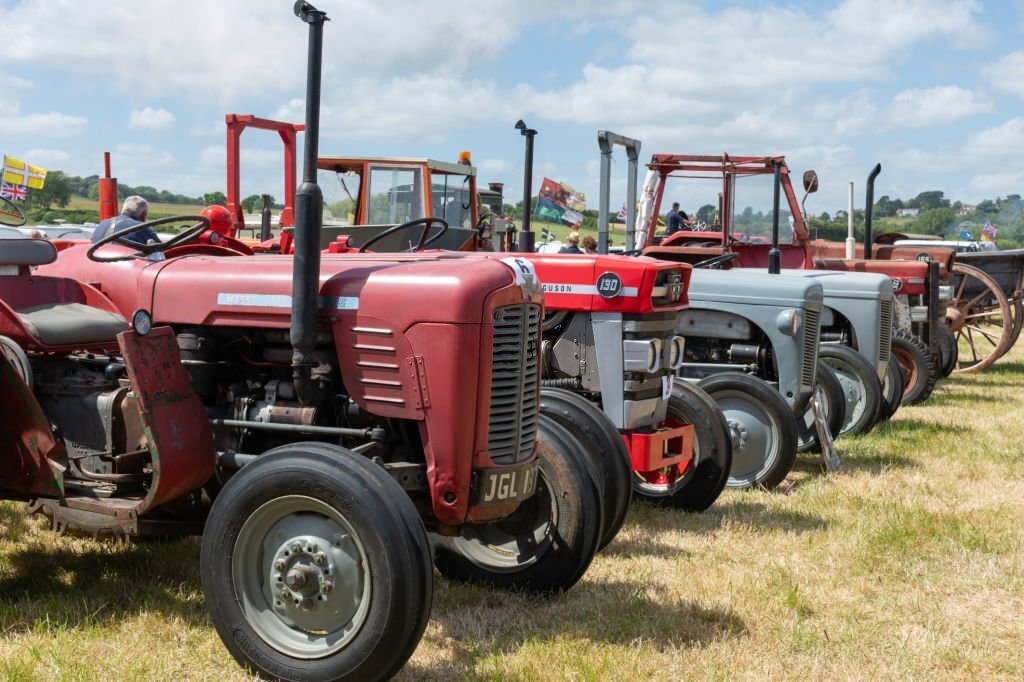
- The real leap in harvester evolution came with the invention of the combine harvester. Combining the processes of cutting, threshing, and winnowing in one machine, the combine revolutionized harvesting, allowing farmers to harvest and process crops in a single operation.
Combine harvesters, often simply called combines, are sophisticated agricultural machines designed to perform multiple tasks in a single operation, revolutionizing the harvesting process. Combines are a culmination of various innovations, including those from reapers, binders, and threshing machines. Here’s an overview of combine harvesters and their significant contributions to modern agriculture:
Multifunctional Capabilities:
- Combines integrate several harvesting functions into a single machine. These functions include cutting the crop (reaping), separating the grain from the stalk (threshing), and cleaning the grain (winnowing).
History and Development:
- The concept of combining multiple harvesting functions into a single machine dates back to the mid-19th century. Early attempts involved combining reapers with threshing machines, but it was the advent of the combine harvester that truly transformed harvesting.
Cyrus McCormick’s Influence:
- Cyrus McCormick, known for his contributions to the development of the mechanical reaper, played a key role in the evolution of combine harvesters. His innovations laid the groundwork for the integration of cutting and threshing functions.
Integration of Technologies:
- Combine harvesters incorporate various technologies, including cutting mechanisms, threshing units, cleaning systems, and grain storage components. Modern combines may also feature GPS technology for precision farming and yield monitoring.
Cutting Mechanism:
- Combines use a cutting mechanism, often in the form of a rotating header with cutting blades, to sever the crop from the ground. This mechanism is adjustable to accommodate different crop heights.
5. Introduction of Self-Propelled Combines:
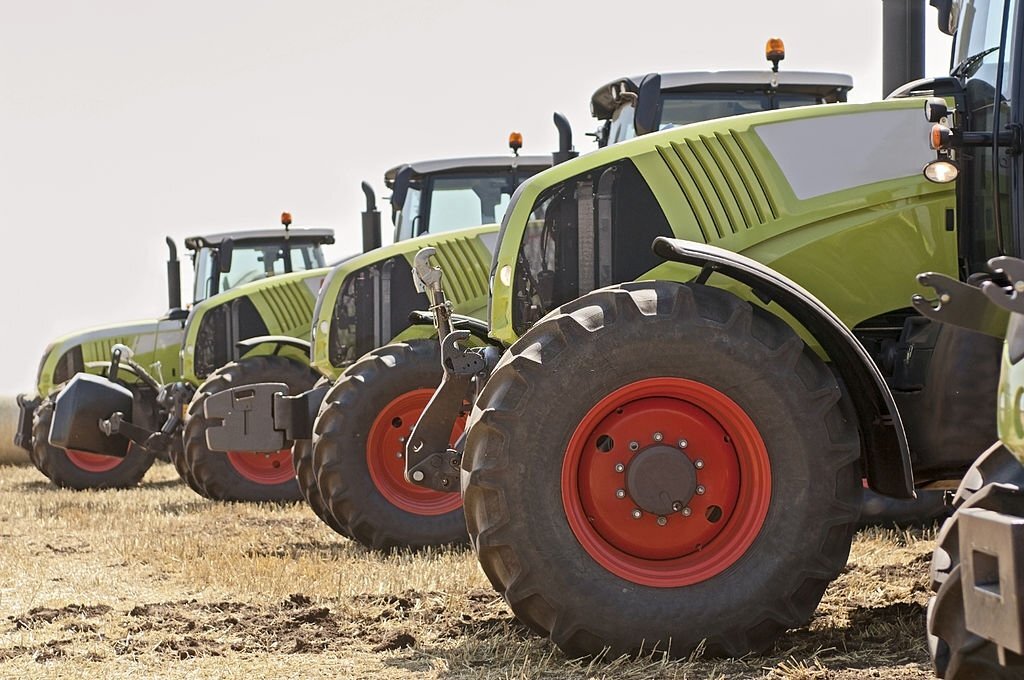
- The mid-20th century witnessed the transition from tractor-towed combines to self-propelled combines. This innovation increased mobility, reduced dependency on external power sources, and enhanced overall efficiency.
Conclusion:
The evolution of harvesters reflects the ever-changing landscape of agriculture. From manual tools to sophisticated, technologically advanced machines, harvesters have played a pivotal role in shaping the way we cultivate and harvest crops. As we look to the future, the continued innovation in harvester technology holds the promise of furthering sustainability and meeting the demands of a growing global population.

